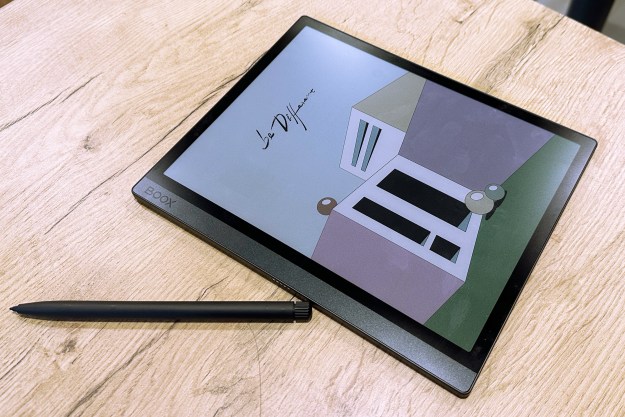
Life keeps getting more complicated for would-be LTE mobile broadband operator LightSquared: satellite firm Inmarsat says LightSquared has defaulted on a $56.25 million payment due following the first phase of an agreement to re-allocate spectrum resources. The Inmarsat notice gives LightSquared 60 days to make payment before Inmarsat terminates their agreement; if Inmarsat were to pull out of its deal with LightSquared, it would present another major obstacle to LightSquared ever getting its planned LTE network operational. Inmarsat has also indicated it has begun talks with LightSquared about the future of the agreement—or, perhaps, lack of future.
LightSquared says final payment for the first phase of the spectrum allocation agreement is not due until Inmarsat responds to “several matters” LightSquared has raised. LightSquared says the terms of the agreement allow for additional time to resolve pending issues before phase one is complete and final payment is due.
The dispute with Inmarsat might mark another nail in the coffin of LightSquared—some analysts are speculating the company will have little choice but to file for bankruptcy protection. Although hedge-fund billionaire Philip Falcone has indicated LightSquared has no plans to file for bankruptcy, the company has indicated it will run out of money early this year.
LightSquared’s proposed satellite-assisted LTE network hit a major roadblock earlier this month when the FCC moved to revoke the company’s provisional license to operate, citing GPS interference issues with LightSquared’s operations. LightSquared says the GPS interference tests were rigged, and that GPS interference issues are the result of the GPS industry making shoddy gear that fails to meet GPS receiver specifications.
LightSquare’s deal with Inmarsat is a key component to LightSquared’s “solution” for GPS interference issues: LightSquared worked out a frequency re-allocation deal with Inmarsat the enables the first phases of LightSquare’d LTE network to operate on a 10 MHz frequency block more-distant from frequencies used by GPS receivers, reducing the likelihood of substantial interference. If LightSquared loses access to that block, its service will have to operate even close to frequencies used by GPS.
Editors' Recommendations
- Apple takes on Square with Tap to Pay for iPhones
- Smaller than a deck of cards, Lume’s Cube Panel Mini shines light on mobile video

